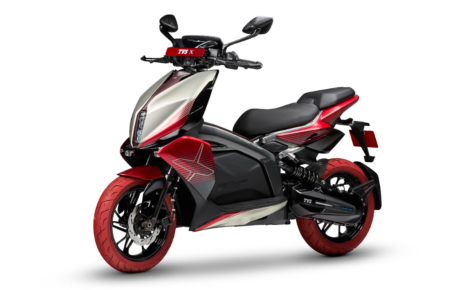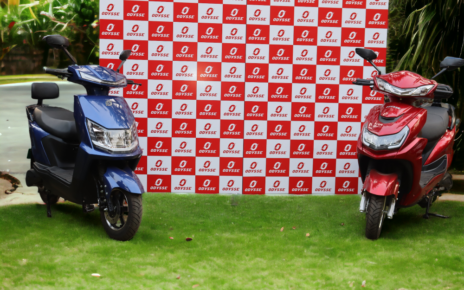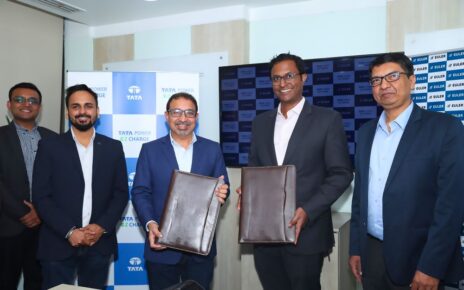The 3rd edition of the Confederation of Indian Industry’s (CII) Commercial Vehicle Summit unfolded in Chennai, serving as a vibrant showcase of the Indian commercial vehicle (CV) industry’s resolve to lead in sustainability, digitization, and engineering excellence. Held under the theme ‘CVs: Building Bharat Powerhouse,’ the summit reflected a renewed sense of ambition and purpose among industry leaders, reports Rajesh Rajgor.
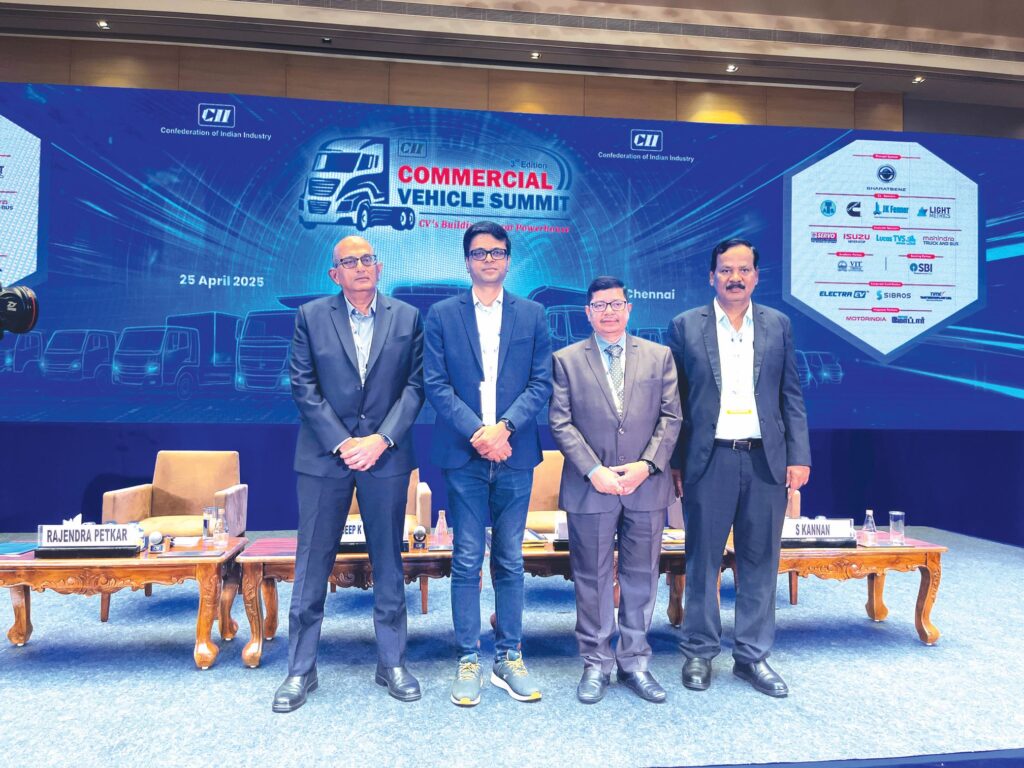
Inaugural Session: Framing the Future
The day began with a powerful address by Pradeep Kumar Thimmaiyan, President & CTO, Daimler India Commercial Vehicles and Summit Chairman, who called the CV industry a “noble profession,” critical for moving not just goods and people, but entire economies. Emphasizing the need to reposition Indian CVs on the global map, he challenged stakeholders to define a unique identity beyond cost competitiveness—anchored in smart, green, and scalable solutions.
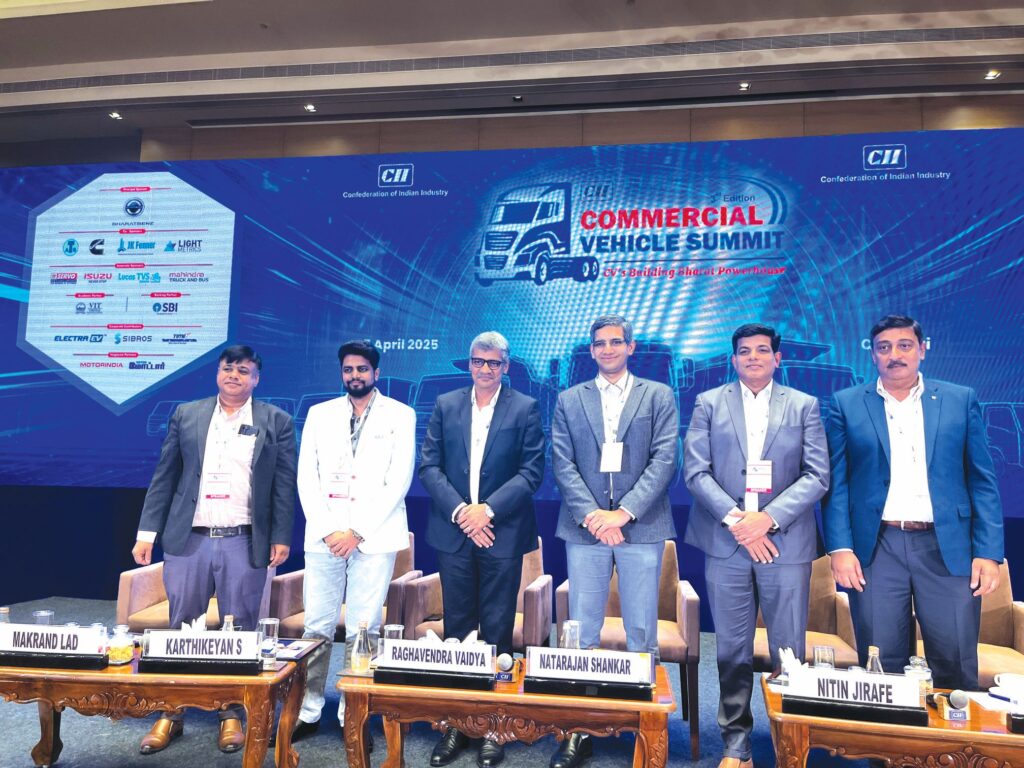
Rajendra Petkar, President & CTO, Tata Motors, emphasized the necessity of an India-specific path to decarbonization. While global cues can inspire, he noted that India’s climate, duty cycles, and customer economics require localized strategies powered by collaboration across OEMs, startups, suppliers, and regulators.
P. Ravichandran, Deputy Chairman, CII Southern Region and President of Danfoss India, highlighted the summit’s expansive scope—from engineering to AI—and the CV sector’s vital role in industrial and national growth.
CxO Panel: Four Pillars of the Future
Moderated by Natarajan Sankar, India Lead – Automotive Practice, BCG, the first panel session delved into key trends shaping the future of CVs: clean propulsion, digitization, engineering leadership, and global expansion.
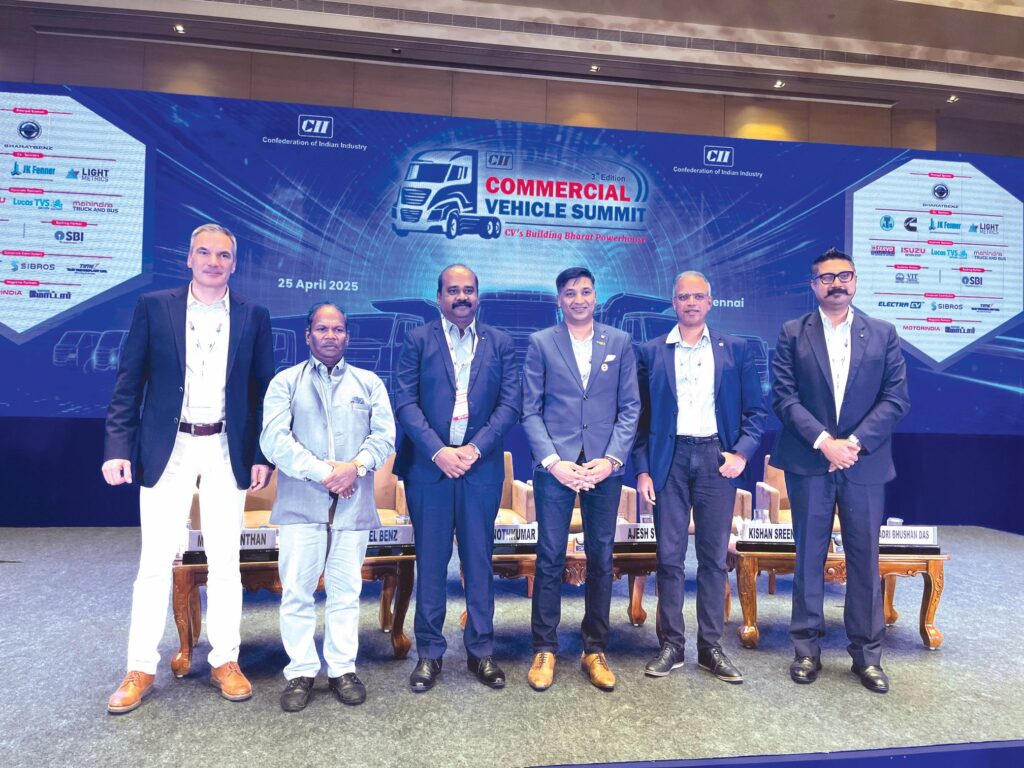
Raghavendra Vaidya, MD & CEO, Daimler Truck Innovation Center India, showcased how Indian teams are now owning global tech domains like connectivity and ADAS. “We don’t just contribute—we lead,” he said, explaining how DTICI in Bengaluru is solving some of Daimler’s toughest engineering and software challenges.
Nitin Jirafe, MD, Tata Cummins, underlined the necessity of fuel diversity. “There’s no single silver bullet. Our powertrain platform works across diesel, LNG, and hydrogen to give customers flexibility,” he explained. With India’s vehicle utilization still under 300 km/day, alternate fuels could help unlock better productivity and lower logistics costs.
Dr. Venkat Srinivas, Business Head – Trucks and Buses, Mahindra Group, brought an important perspective on customer alignment in innovation. “Rather than only focusing on what the future could look like, we must also solve what the customer is struggling with today,” he said. He gave the example of a small fleet operator managing five intra-city trucks who may not yet be ready for full electrification but desperately needs support in uptime, service response, or fuel optimization. “We often leapfrog into showcasing future-ready features, but unless they translate into present-day operational gains, adoption will stall,” he cautioned. His grounded approach reinforced the need for solutions that are aspirational yet immediately relevant.
Panelists Dr. Karthikeyan Santharam, Managing Director, Relux Electric and Makrand Lad, Vice President, Time Technoplast echoed this realism, emphasizing that India’s green transition must remain rooted in cost-effective, segment-wise deployment.
Exports, currently at 10–12% of total volumes, were also flagged as a significant growth lever for Indian OEMs as product maturity and tech credentials improve.
Aftermarket Panel: Reimagining Post-Sale Value
The afternoon’s CxO Panel Discussion on the Evolving Aftermarket Landscape, moderated by T Murrali, Managing Editor at Mobility Outlook, opened a critical conversation on how the aftermarket ecosystem is transforming in response to technology, electrification, and customer expectations.
K. Muralidharan, Vice President, Lucas-TVS, spoke about the shift from component replacement to predictive maintenance and lifecycle optimization. “Our challenge is to marry traditional reliability with digital traceability,” he said, citing efforts to integrate sensors and diagnostics even into legacy components.
V. Narayanan, Associate VP – Aftermarket, Rane Madras Limited, emphasized building customer-centric solutions. With fleet owners now demanding uptime guarantees and faster TATs, Rane is investing in intelligent spares tracking, field diagnostics, and training for rural mechanics. “It’s no longer enough to sell spares—you have to enable the user,” he said.
Jesurajan M, Regional Head, Omega Seiki Mobility, brought the electric lens into the conversation. “EVs reduce mechanical wear but increase electronics dependency. Our aftermarket strategy focuses on battery health monitoring, OTA updates, and mobile servicing,” he shared.
A.S. Sridhar, VP – Air Suspension Division, Wheels India, emphasized design-for-serviceability. “As components become more complex, we have to simplify how they’re accessed and repaired on-ground,” he said, flagging the need for mechanic-friendly design in modern CVs.
The discussion painted a picture of India’s aftermarket transitioning from fragmented spares sales to an experience-driven uptime ecosystem.
Greening Bharat: A Practical Decarbonization Roadmap
The session on “Decarbonization: The Path to Green Commercial Vehicle” offered rich insights into India’s multi-fuel future. Chaired by Ajesh S, Co-Founder, Ozone Motors, the session featured powertrain leaders from Tata Motors, Switch Mobility, Volvo Group, Electra EV, and Indian Oil Corporation.
Vinothkumar R, Head – Global Strategy, Planning & Communication at Switch Mobility, opened the discussion with a strong case for electric commercial vehicles, especially in urban and peri-urban routes. “It’s not just about range, it’s about route optimization and energy efficiency that makes EVs viable in last-mile and intra-city logistics,” he noted. He emphasized that Switch is building platforms that consider real-world Indian conditions—payloads, heat, charging cycles—to ensure uptime and practicality for operators.
All panelists agreed: India’s decarbonization strategy won’t be linear. Michael Benz Vice President – Powertrain Engineering, Tata Motors and Kishan Sreenath Vice President, Powertrain Engineering, Group Trucks Technology, Volvo Group; emphasized hydrogen and LNG as viable complements to electrification, especially for long-haul. Dr. Himadri Das, Chief Solutions Architect, Electra EV noted that optimized battery packs and cooling technologies are being tailored for Indian climates and routes.
Dr. M. Sithananthan, General Manager (Automotive Research) IOCL, shared plans to set up green hydrogen hubs and LNG corridors, indicating that fuel infrastructure will evolve in parallel with vehicle platforms.
Digitization & HMI: The Vehicle as a Smart Node
In a compelling session on Digitization and Human-Machine Interface, chaired by Yogesh Umbarkar, Valtech Mobility, the summit spotlighted India’s growing prowess in automotive intelligence.
Minus Zero Robotics, represented by Gursimran K, introduced their AI-first ADAS system designed for the unpredictable nature of Indian roads—leveraging camera-only inputs and advanced models to replicate human-like driving behavior.
Soumik Ukil, CEO of LightMetrics, showcased RideView, a video telematics platform reducing risky driving behaviors by over 70%. Their AI-powered systems offer real-time driver feedback, enhancing fleet safety.
Dr. Erik Mekelburg, Chief Revenue Officer, Sibros Technologies emphasized how over-the-air (OTA) updates and cloud diagnostics are redefining maintenance cycles, making commercial vehicles truly software-defined.
Conclusion: A Summit for Action, Not Just Dialogue
The CII CV Summit 2025 wasn’t just a discussion forum—it was a platform for convergence. It brought together OEMs, energy providers, startups, and policymakers to shape a roadmap for resilient, green, and tech-enabled mobility.
As Thimmaiah concluded, “The road ahead is not linear, but it is ours to pave. Let’s build an Indian CV industry that is world-class—not by imitation, but by innovation.”


